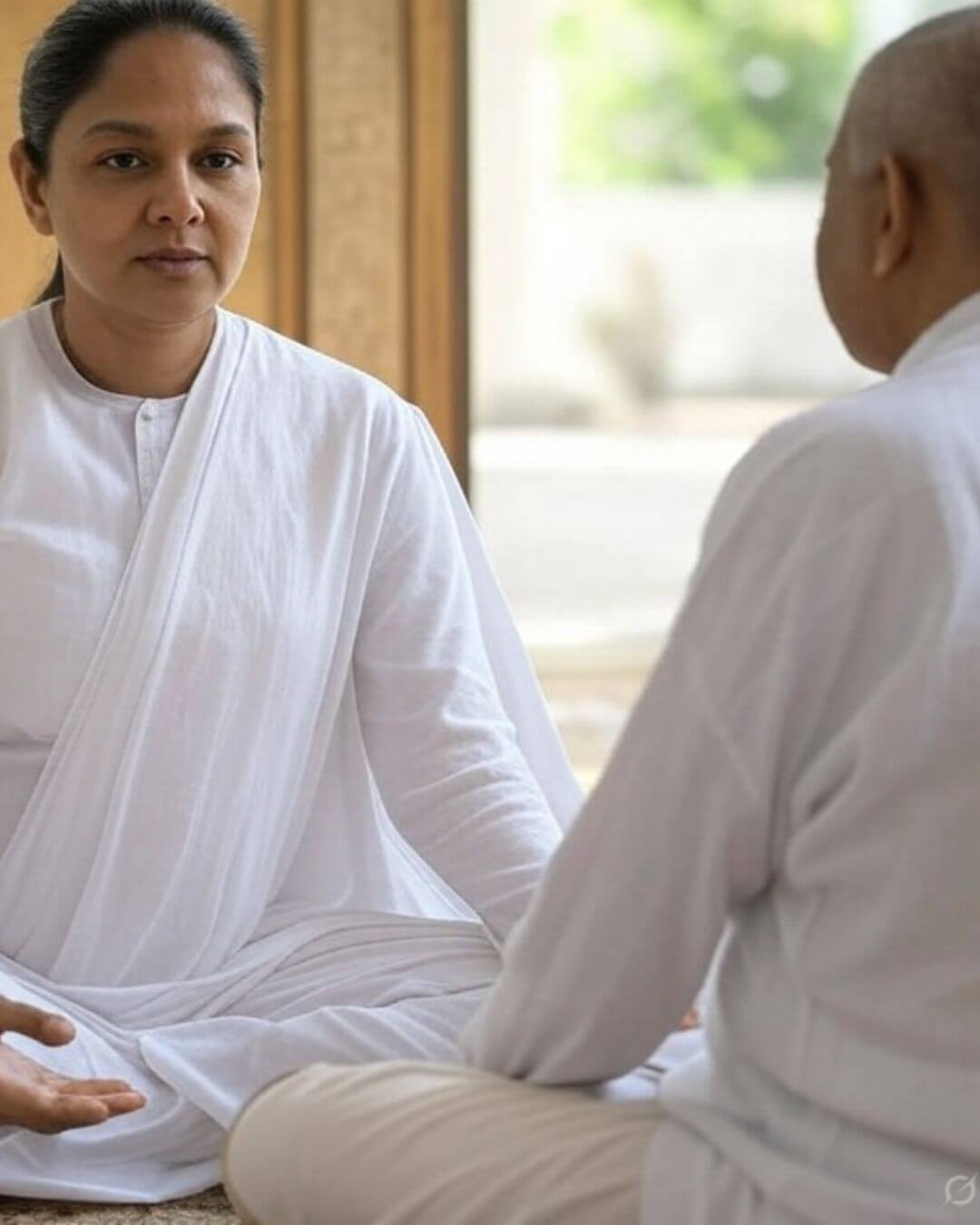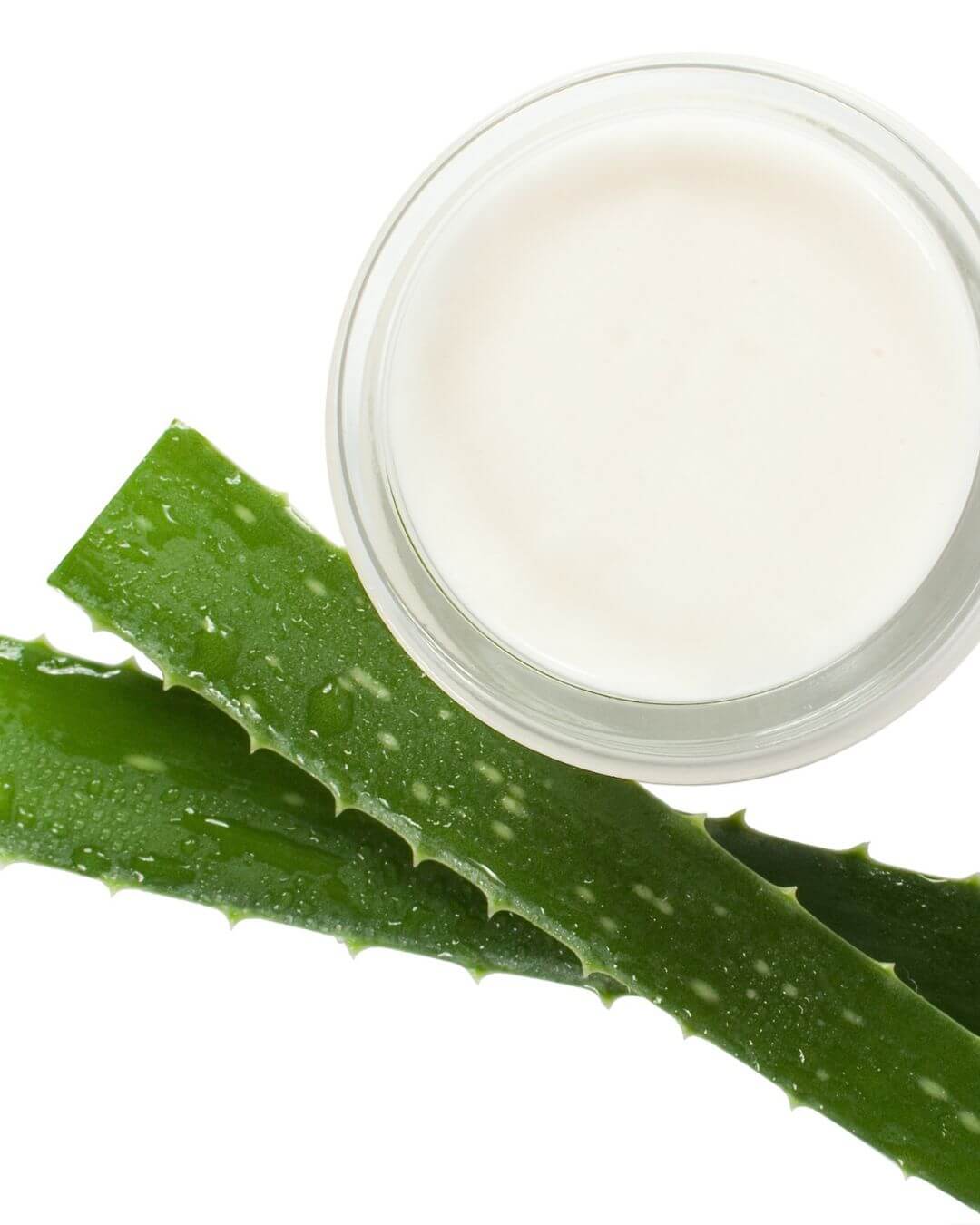Hey there! Day 2 of our Amavata journey—yesterday we covered the basics, today it’s symptoms and how Ayurveda spots it. Vaidyas at Kerala Ayurveda Varma Rajavaidhyasala detail this rheumatoid arthritis twist, and it’s a diagnostic deep dive. Let’s unpack—it’s technical, telling, and NeuraSonic-tied.
Amavata hits with a lineup: thirst, swelling, indigestion, lethargy, pain, stiffness, heaviness, even appetite loss. My joints ache on cold mornings—classic Vata stiffness—while bloating from a heavy meal screams ama. The text lists hand joint pain as a star symptom, and I’ve felt that creak after dairy. It’s not random; Vata, riled by poor diet, drags ama into joints, clogging them like rust in a pipe. This autoimmune chaos—your body attacking itself—spreads inflammation beyond joints to organs, per modern views.
Diagnosis is where Ayurveda shines. A trained Vaidya can pulse the imbalance, feeling Vata’s erratic beat or ama’s sticky trace. I’ve noticed my own clues—gas, heat around my gut—early signs the text flags. Ama forms from weak digestion, vitiating Vata, and deposits in joints, sparking pain. It’s a slow creep, detectable before Western scans catch it. The text ties this to incompatible foods or sedentary habits—stuff I’ve tweaked to avoid.
This isn’t the “wait-for-pain” approach I knew. Ayurveda’s proactive, reading the body’s whispers. What symptoms nag you lately—swelling, stiffness? Share below, ping me on X, or drop a note. Tomorrow, treatment and lifestyle. NeuraSonic’s on it!
-Olivier




